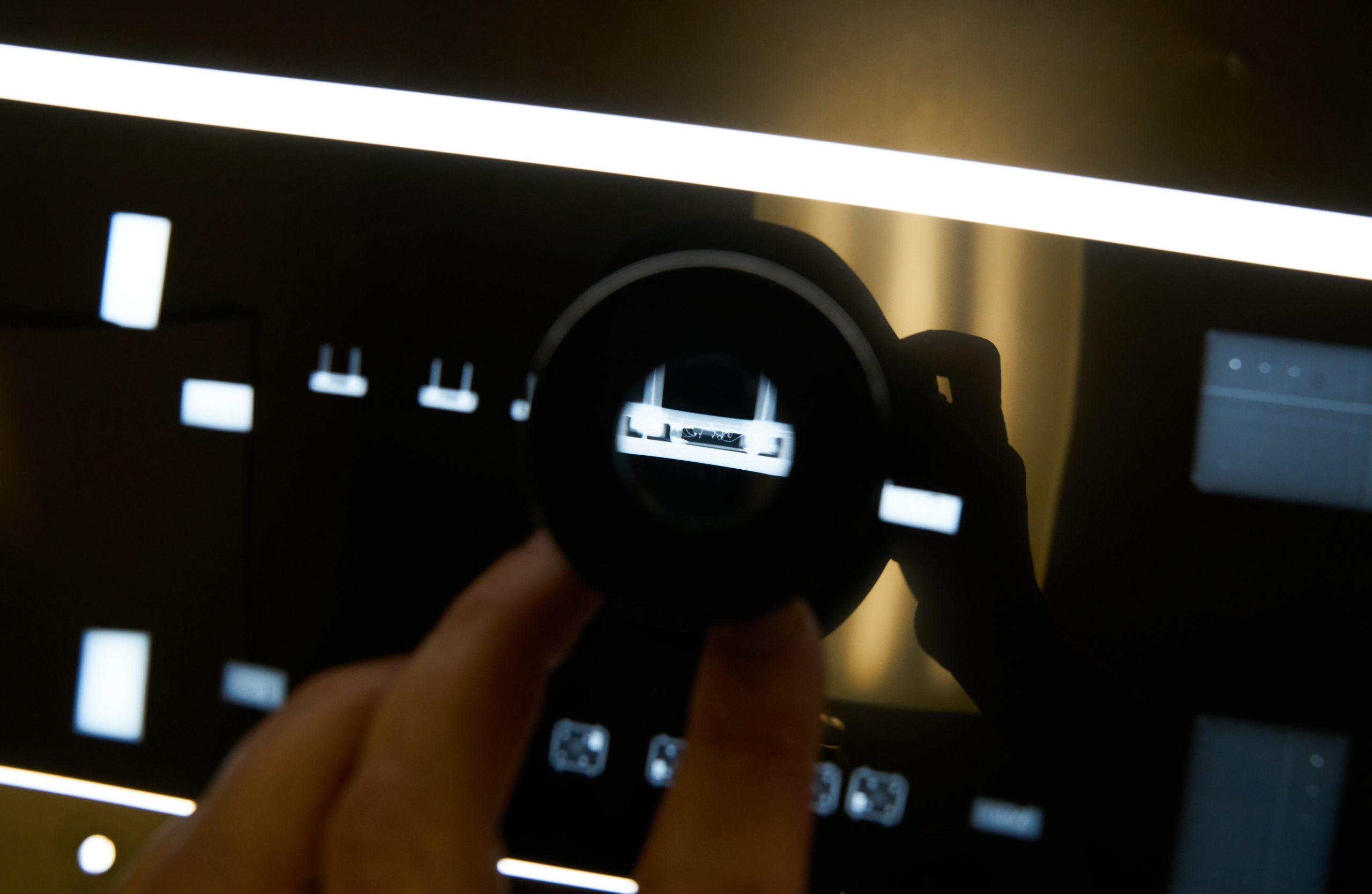Is Spending Extra for Consistent NDE Worth It?

Industrial Inspection & Analysis (IIA) was contracted for a job in Oklahoma where performance was audited upon completion. There was another contracted company involved in executing the work as well. The audit revealed that the other contracted company had 127 weld inspection films rejected, all requiring re-shots. IIA had a total of 3.
This illustrates the importance of hiring a quality and reliable radiographic testing (RT) services company, regardless of cost, because it can result in substantial savings overall. For example, inadequate examination quality that fails to meet minimum sensitivity or density requirements has effects that trickle down to delay project completion and add expense, such as:
- Inaccurate production rates
- Inability to accurately schedule subsequent contractors
- Missed deadlines
- Lost opportunity costs
- Undetected deficiencies leading to shut-down or catastrophic failure
One of the predominant factors that distinguishes quality RT firms from others is the training of their technicians. There is great demand for competent radiography technicians, and this often causes firms to take shortcuts. Instead of taking time to put new technicians through proper training regimens, firms under time constraints poach crews from the competition to fill projects quickly or promote helpers and assistants to lead technicians well before they are ready.
Firms operating with integrity avoid such practices. Instead, trainees receive proper instructor-led training with a blend of both theory and practical plus rigorous examination. This creates more competent technicians who are better prepared for real jobs in the field. The end result is fewer re-shots and the TOTAL job done faster.
The IIA's Field Services Training Process
The IIA philosophy is to spend more time training to avoid costly errors and project delays down the road. Most jobs require a two-man crew – an apprentice helper and a highly trained and vetted technician. Each lead technician is certified Level 2, which has much more stringent qualifications, including a proven track record as a competent helper/assistant.
The guiding document for IIA’s training program is “Written Practice,” as specified in ASNT recommended practice No. SNT-TC-1A. What many customers don’t realize is that the TC-1A provides only guidelines for technician certification, so each NDE company has flexibility in developing their own training regimen. IIA’s “Written Practice” exceeds the basic guidelines as outlined in the TC-1A.
Failure of an IIA examination results in further mentorship to correct any gaps in knowledge, so ultimately, a trainee can pass upon re-examination. IIA’s stringency produces highly competent technicians who perform at a much higher level than the industry average. This is why IIA has the fewest re-shots per average compared to competing NDE firms.




